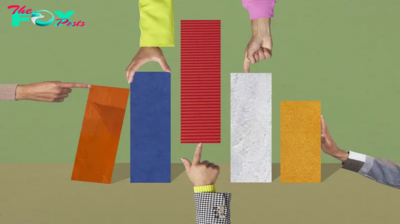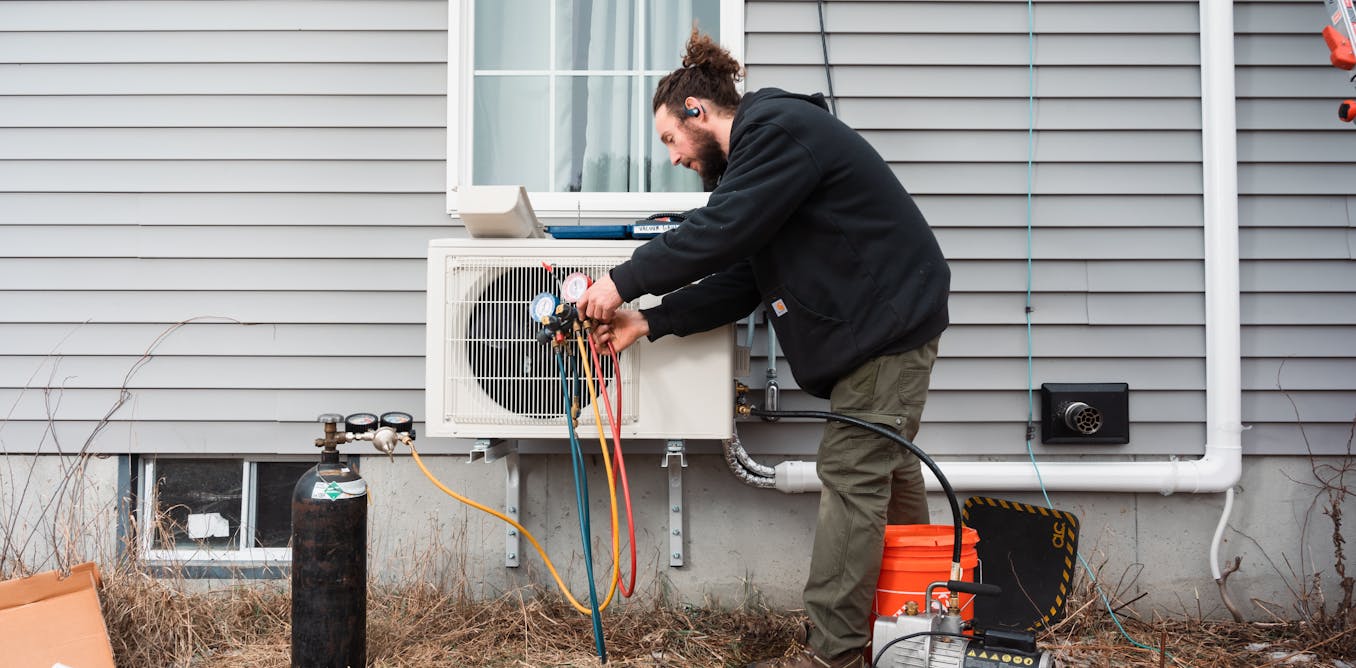Business
US officials criticize Ethiopian report on Boeing Max crash
WASHINGTON -- U.S. crash investigators say Ethiopian authorities failed to consider all factors that contributed to a deadly 2019 crash after a key flight-control system malfunctioned on a Boeing 737 Max airplane.
The National Transportation Safety Board agreed with the Ethiopians' conclusion that the automated flight system was partly responsible for the crash by pitching the nose of the plane downward. However, the board also faulted the pilots' “inadequate use" of other means of manually controlling the plane.
The U.S. board said Ethiopian Airlines failed to train pilots how to respond when the nose of the plane pitches down unexpectedly.
The U.S. investigators said that a sensor that sent erroneous readings to the flight-control system, causing it to malfunction, might have been damaged by the plane hitting a bird soon after take-off. The Ethiopian officials said they found no evidence of a bird strike.
The U.S. safety board, which contributed to the Ethiopian-led investigation because the plane was made in the United States, took the unusual step of releasing its findings Tuesday after Ethiopia’s accident-investigation agency declined to include them in a draft final report issued last week.
The March 2019 crash shortly after takeoff from Addis Ababa killed all 157 people on board. It was the second involving a Boeing Max in less than five months and led to a worldwide grounding of all Max jets for nearly two years.
Ethiopia’s accident-investigation agency released a long-overdue report last week, blaming the crash entirely on a malfunction of an automated flight-control system that was previously pinpointed in both Max crashes in Ethiopia and Indonesia. After the crashes, Boeing overhauled the system, which repeatedly pushed the noses of the planes down based on faulty sensor readings.
The U.S. board said that even with the unexpected nose-down pitch, pilots could have regained control with better use of manually adjusting panels on the tail and slowing down.
-

 Business6h ago
Business6h agoNew Information: These HV Big Lots Are Now Staying Open
-

 Business6h ago
Business6h agoBrush Fire Rages On Near Butternut In Great Barrington, MA
-

 Business17h ago
Business17h agoU.S. Antitrust Regulators Seek to Break Up Google, Force Sale of Chrome Browser
-

 Business17h ago
Business17h agoSuccessful White Men Alone Can’t Create America’s Economic Future
-

 Business23h ago
Business23h agoThe Rise of Silent Services
-

 Business1d ago
Business1d agoTim Latimer
-

 Business2d ago
Business2d agoCarbon offsets can help bring energy efficiency to low-income Americans − our Nashville data shows it could be a win for everyone
-

 Business2d ago
Business2d agoWorkplace diversity training programs are everywhere, but their effectiveness varies widely


























